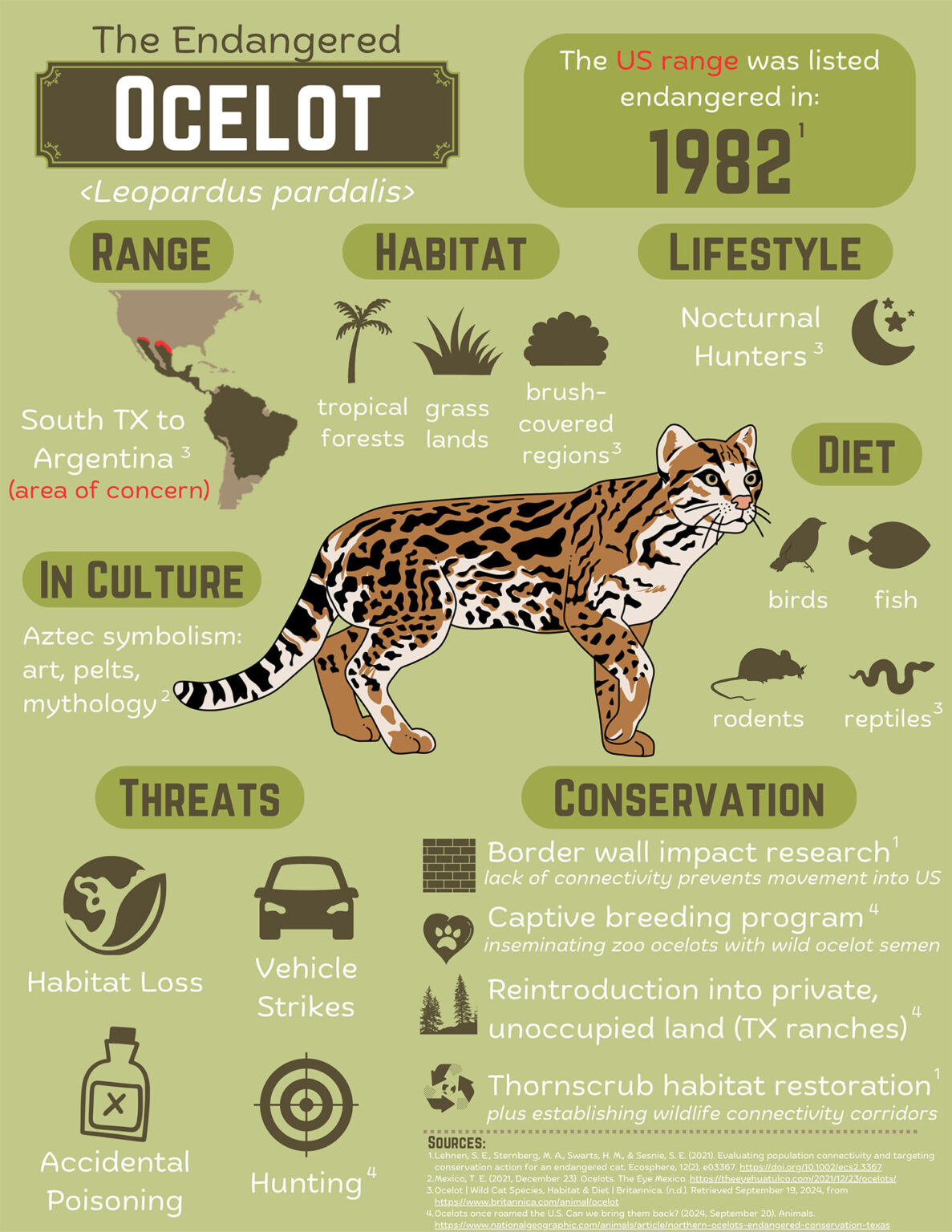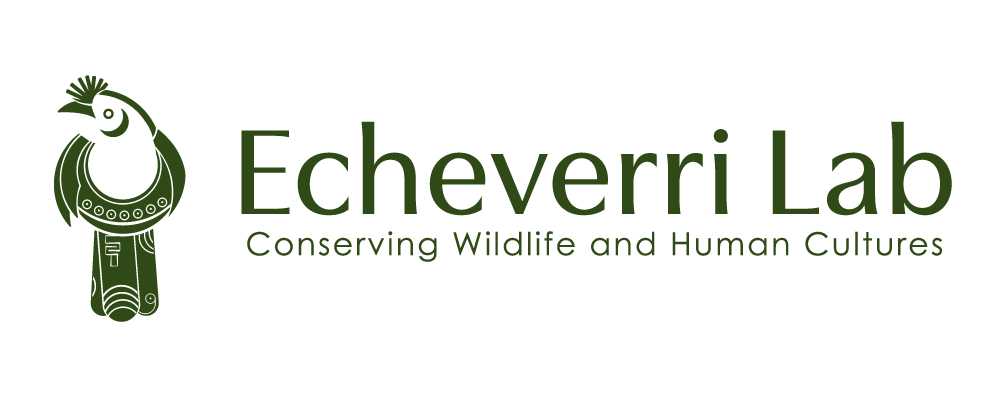Teaching
I believe learning should be joyful, collaborative, and connected to the real world. My teaching philosophy is grounded in game-based learning, self-directed exploration, and outdoor education. I aim to create a classroom environment where students are not passive recipients of knowledge but co-creators of the learning experience.
In all my courses, I incorporate equity-centered design and inclusive teaching practices that honor the diversity of student backgrounds, learning styles, and aspirations. Whether we’re designing persuasive communication campaigns, debating conservation controversies, or identifying birds on campus walks, I invite students to learn by doing. Assignments are designed not just to build technical skills, but to promote critical thinking, creativity, and a sense of civic responsibility.
Explore Our Classes:
What to Expect as a Student in My Classes
- Active learning environments, often with discussions, games, and collaborative projects.
- Freedom to shape your learning: including options to choose from a menu of assignments, work at your own pace, or propose creative outputs like infographics, communication campaigns, or field-based reports.
- Supportive and inclusive spaces: where we acknowledge land histories, honor different ways of knowing (including Traditional Ecological Knowledge), and welcome diverse voices and perspectives.
- Opportunities for real-world engagement: including public galleries of student work, community partnerships, and data analysis from real conservation problems.
My Approach to Assignments and Grading
Instead of relying on traditional exams or high-stakes assessments, I use a flexible, points-based system inspired by “ungrading” and gamified learning. Students can earn points across a range of activities—such as worksheets, reading reflections, infographic design, or data analysis projects—and build toward their final grade in a way that fits their learning style and personal goals.
This approach reduces stress and encourages students to take ownership of their learning while still upholding high academic standards. I provide detailed rubrics and individualized feedback, and students are encouraged to join office hours if things are not clear.

Courses offered
ESPM C103 / IB 156 – Principles of Conservation Biology (Undergraduate)
Here are some examples of persuasive communication campaigns done by students in previous years:
In this interdisciplinary course, typically offered each year in the fall, I introduce students to the foundational principles of conservation biology and the ways in which science, ethics, and policy intersect in the practice of conserving life on Earth. The class is structured around four core paradigms of conservation thinking: “Nature for Itself,” “Nature for People,” “Nature Despite People,” and “Nature as Culture.”
We explore the history and evolution of protected areas, population viability analysis, extinction risk, resilience theory, ecosystem services, and the integration of social-ecological systems. Students engage with real-world case studies, from game reserves to urban biodiversity, and analyze how conservation challenges are addressed across different cultural, ecological, and economic contexts. The course emphasizes systems thinking, critical reflection, and evidence-based problem solving, preparing students to become informed stewards of biodiversity in a rapidly changing world.
As a student in this class you might:
- Create infographics for endangered species to be showcased publicly.
- Analyze wildlife collision data from California highways.
- Go on a scavenger hunt at the Oakland Zoo
- Walk around campus and survey birds using Merlin app.
Here are some examples of infographics done by students in previous years



ESPM 231 – Behavioral Foundations for Environmental Policy and Wildlife Conservation (Graduate)
This graduate course, offered in the spring each year, explores how human behavior shapes and is shaped by environmental policies and conservation outcomes. Drawing from behavioral economics, social psychology, and conservation psychology, the course equips students to design and evaluate interventions that promote pro-environmental behavior.
Weekly topics include decision heuristics and biases, framing effects, social norms, moral values, persuasive communication, and pro-social behavior. Students apply these insights through experiential activities, messaging experiments, and campaign design. Assignments include writing an Op-Ed critiquing a current policy through a behavioral lens, and creating a behaviorally informed communication campaign for a real-world environmental issue.
The course is tailored for PhD and Master’s students across ESPM, Forestry, Climate Solutions, and related disciplines. It fosters collaborative learning, participatory classroom dynamics, and peer-led discussions. Ultimately, the course prepares students to become effective communicators, change agents, and policy innovators in the face of global environmental challenges.
As a student in this class you might:
- Write Op-Eds or e-mails to your elected officials on current policy using behavioral insights.
- Design and pitch persuasive communication campaigns.
- Co-teach one session with your professor each semester
- Contribute peer feedback using Google Forms
Here are some examples of persuasive communication campaigns done by students in previous years:




